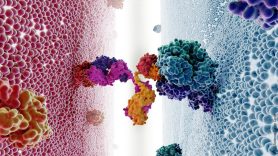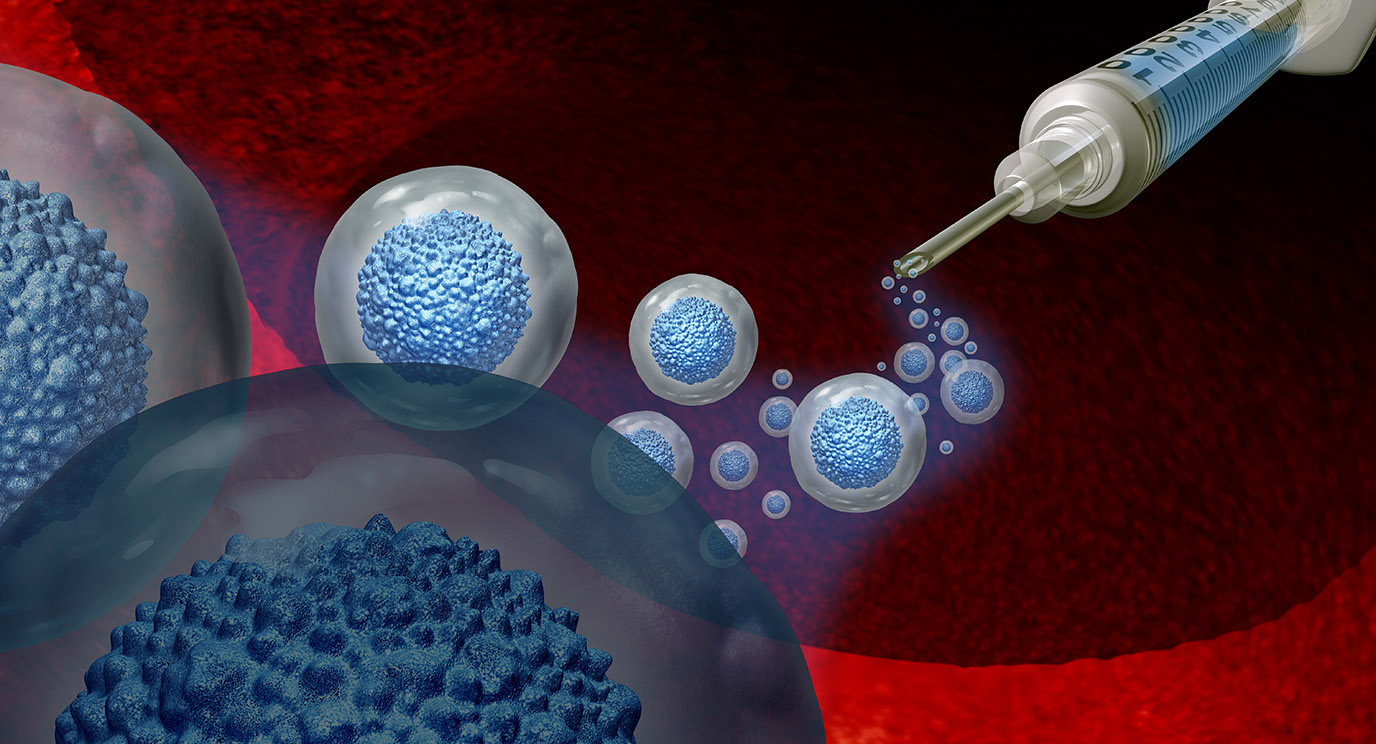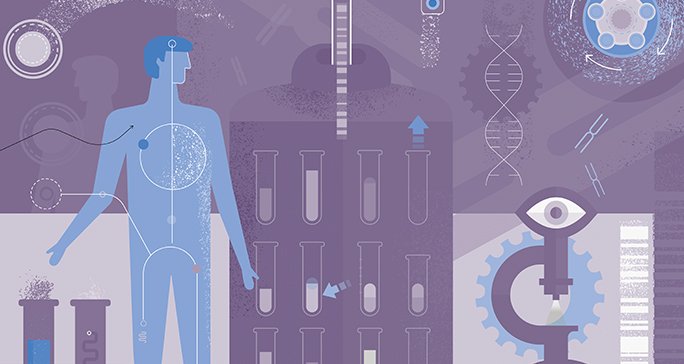- Diseases
- Acoustic Neuroma (14)
- Adrenal Gland Tumor (24)
- Anal Cancer (66)
- Anemia (2)
- Appendix Cancer (16)
- Bile Duct Cancer (26)
- Bladder Cancer (68)
- Brain Metastases (28)
- Brain Tumor (230)
- Breast Cancer (718)
- Breast Implant-Associated Anaplastic Large Cell Lymphoma (2)
- Cancer of Unknown Primary (4)
- Carcinoid Tumor (8)
- Cervical Cancer (154)
- Colon Cancer (164)
- Colorectal Cancer (110)
- Endocrine Tumor (4)
- Esophageal Cancer (42)
- Eye Cancer (36)
- Fallopian Tube Cancer (6)
- Germ Cell Tumor (4)
- Gestational Trophoblastic Disease (2)
- Head and Neck Cancer (6)
- Kidney Cancer (124)
- Leukemia (344)
- Liver Cancer (50)
- Lung Cancer (288)
- Lymphoma (284)
- Mesothelioma (14)
- Metastasis (30)
- Multiple Myeloma (98)
- Myelodysplastic Syndrome (60)
- Myeloproliferative Neoplasm (4)
- Neuroendocrine Tumors (16)
- Oral Cancer (100)
- Ovarian Cancer (170)
- Pancreatic Cancer (164)
- Parathyroid Disease (2)
- Penile Cancer (14)
- Pituitary Tumor (6)
- Prostate Cancer (144)
- Rectal Cancer (58)
- Renal Medullary Carcinoma (6)
- Salivary Gland Cancer (14)
- Sarcoma (236)
- Skin Cancer (296)
- Skull Base Tumors (56)
- Spinal Tumor (12)
- Stomach Cancer (60)
- Testicular Cancer (28)
- Throat Cancer (90)
- Thymoma (6)
- Thyroid Cancer (98)
- Tonsil Cancer (30)
- Uterine Cancer (78)
- Vaginal Cancer (14)
- Vulvar Cancer (18)
- Cancer Topic
- Adolescent and Young Adult Cancer Issues (20)
- Advance Care Planning (10)
- Biostatistics (2)
- Blood Donation (18)
- Bone Health (8)
- COVID-19 (362)
- Cancer Recurrence (120)
- Childhood Cancer Issues (120)
- Clinical Trials (628)
- Complementary Integrative Medicine (24)
- Cytogenetics (2)
- DNA Methylation (4)
- Diagnosis (230)
- Epigenetics (6)
- Fertility (64)
- Follow-up Guidelines (2)
- Health Disparities (14)
- Hereditary Cancer Syndromes (124)
- Immunology (18)
- Li-Fraumeni Syndrome (8)
- Mental Health (118)
- Molecular Diagnostics (8)
- Pain Management (62)
- Palliative Care (8)
- Pathology (10)
- Physical Therapy (18)
- Pregnancy (18)
- Prevention (898)
- Research (392)
- Second Opinion (74)
- Sexuality (16)
- Side Effects (604)
- Sleep Disorders (10)
- Stem Cell Transplantation Cellular Therapy (216)
- Support (404)
- Survivorship (322)
- Symptoms (184)
- Treatment (1776)
Bispecifics antibodies: The next big thing in lymphoma treatment
BY Devon Carter
5 minute read | Published June 02, 2022
Medically Reviewed | Last reviewed by an MD Anderson Cancer Center medical professional on June 02, 2022
CD20-targeting monoclonal antibodies and immune checkpoint inhibitors started a revolution in cancer treatment by using immune cells to treat cancer. They’ve been followed by other therapies that harness immune cells to eliminate cancer, including tumor infiltrating lymphocytes (TIL) and CAR T cell therapy.
Now researchers are exploring bispecific antibodies such as mosunetuzumab and glofitamab as another way of using the body’s natural defense cells as cancer treatment. These bispecific antibodies treat cancer by engaging the tumor-specific antigen CD20 and the CD3 antigen on T cells.
"Bispecifics allows us to overcome the limitations of the immune system failing at its job: recognize and eliminate cancer cells,” says lymphoma specialist Loretta Nastoupil, M.D. “We facilitate that process by giving an antibody that's going to target the tumor and also engage and activate T cells.”
Lymphoma is primed for bispecifics
The approval of the monoclonal antibody rituximab in 1999 led to a significant improvement in overall survival in follicular lymphoma. Thanks to that advancement, Nastoupil says there’s already proof of concept that antibodies work well to treat lymphoma.
CAR T cell therapy also uses an antigen receptor that’s directed at the antigen CD19. The therapyhas shown curative results for some patients. The therapy improves a patient’s own T cells by engineering them in a laboratory with a chimeric antigen receptor, but the personalized therapy has its challenges. “It’s logistically challenging and grossly underutilized,” Nastoupil says.
Bispecific antibodies fall somewhere in the middle. Nastoupil believes they’re poised to open access to T-cell engaging therapies to more patients. “It’s off-the-shelf, and it targets an antigen that we already know is a successful target, thanks to rituximab,” she says.
CD20 is present on all malignant B cells, making for an attractive target
In addition to being more accessible as an off-the-shelf product, findings from early clinical trials show promise with CD20-targeting bispecifics in lymphoma.
“It’s a great target because it’s only expressed by mature or malignant B cells,” Nastoupil says. The lymphoma cells are easily targeted, and eradication of mature B cells doesn’t cause harm.
That means fewer and less severe side effects for patients. Even if a bispecific eliminates mature B cells, it will result in a temporary drop in antibody levels, Nastoupil says. But they recover with time. “Although patients are at a higher risk of infections like sinusitis and bronchitis, in general most are not life-threatening,” Nastoupil says.
As with other cellular therapies, bispecifics can cause a unique side effect called cytokine release syndrome, which can be life threatening. Patients experience fever, chills and flu-like symptoms. Several tactics are being explored to reduce the risk of cytokine release syndrome, Nastoupil says. One method is called dose step-up or dose ramp-up. The dosage of the bispecific is slowly increased to control T cell engagement and the cytokine reaction. Researchers are also exploring subcutaneous delivery. Instead of being administered through the veins, the drug is injected under the skin. “It’s resulting in slower, steadier absorption,” Nastoupil says.
Patients can also experience neutropenia and fatigue, but Nastoupil says they’re common for patients receiving a third line of treatment or later for lymphoma.
“The side effects of bispecifics aren’t new, and the rates of serious events are quite low,” Nastoupil says. That holds particularly true when considering the toxicity profile of bispecifics with other targeted therapies such as PI3 kinase inhibitors, CAR T cell therapy and multi-agent chemotherapy.
Bispecifics in earlier lines of therapy may have better results
Currently, bispecifics have been investigated as a third-line therapy or later. “It’s hard to know if the efficacy is better than anything out there right now because it’s still early, but we’re seeing exciting results,” Nastoupil says.
Based on bispecifics’ safety profile and promising signs of efficacy, the next step in advancing these drugs is to test them in patients in earlier settings. “Since we’re seeing bispecifics work well as third-line therapy or later, we expect them to do even better in earlier lines,” Nastoupil says.
Combinations in earlier settings could improve efficacy
There are also opportunities to improve efficacy through combinations with other drugs. “We want to build on them with either chemotherapy in large cell lymphoma or with immunotherapy in follicular lymphoma,” Nastoupil says.
For follicular lymphoma, mosunetuzumab plus lenalidomide is being explored in a randomized Phase III study. As an oral immune modulator, lenalidomide works by enhancing the ability of T cells and natural killer cells to clear cancer cells, and the bispecific mosunetuzumab helps direct the cells to and into the tumor microenvironment. They work in synergy. “The cells have direction, and they’re activated,” Nastoupil says. “Now, they’re seeing what they should be removing and doing their job.”
In large cell lymphoma, mosunetuzumab or glofitamab has been combined with polatuzumab, a CD79B antibody drug conjugate. “These combinations work like chemoimmunotherapy,” Nastoupil says. Polatuzumab delivers targeted chemotherapy to the tumor and the bispecific pulls in the immune cells.
These combinations have been tested in the third-line setting, but larger studies in the earlier settings are now underway, Nastoupil says.
Defining sequencing for use in the community
Nastoupil anticipates several bispecifics will be approved by the Food and Drug Administration (FDA) soon. As they enter the treatment landscape, she says the next challenges are to determine when they should be used instead of other therapies and in what sequence. Nastoupil thinks it will be center-specific because of the low, but real, risk of side effects.
“Ensuring these drugs can be safely delivered to patients in the community it critical for access,” Nastoupil says. While the risk of a severe cytokine reaction is low, those patients need to be admitted to a hospital when that occurs. “Anything that can be done to reduce that risk of hospitalization is being explored right now,” Nastoupil says. “These drugs could change how lymphoma is treated, but we have to make sure it’s safe for all.”
Request an appointment at MD Anderson online or by calling 1-877-632-6789.

Bispecifics allows us to overcome the limitations of the immune system.
Loretta Nastoupil, M.D.
Physician





